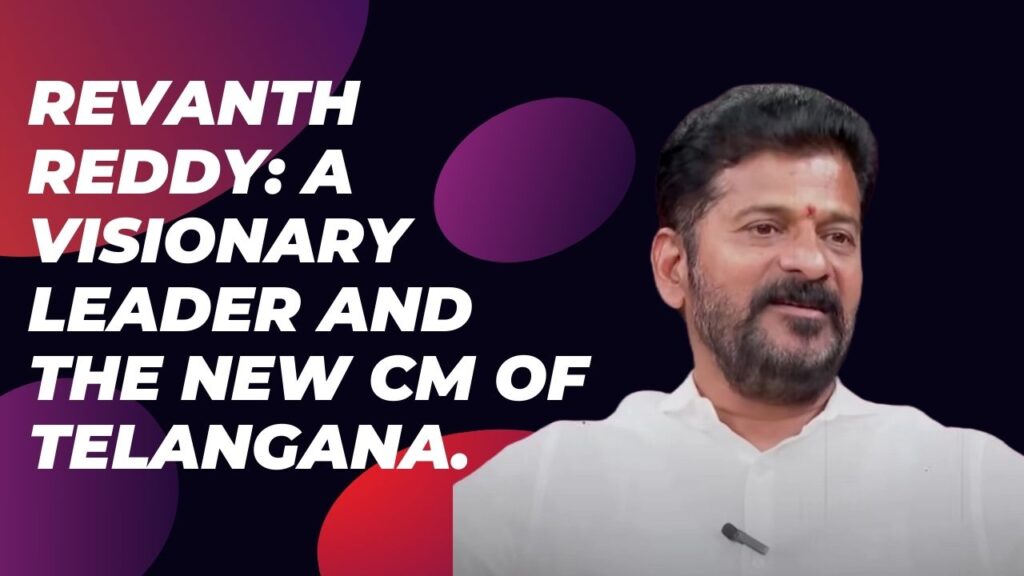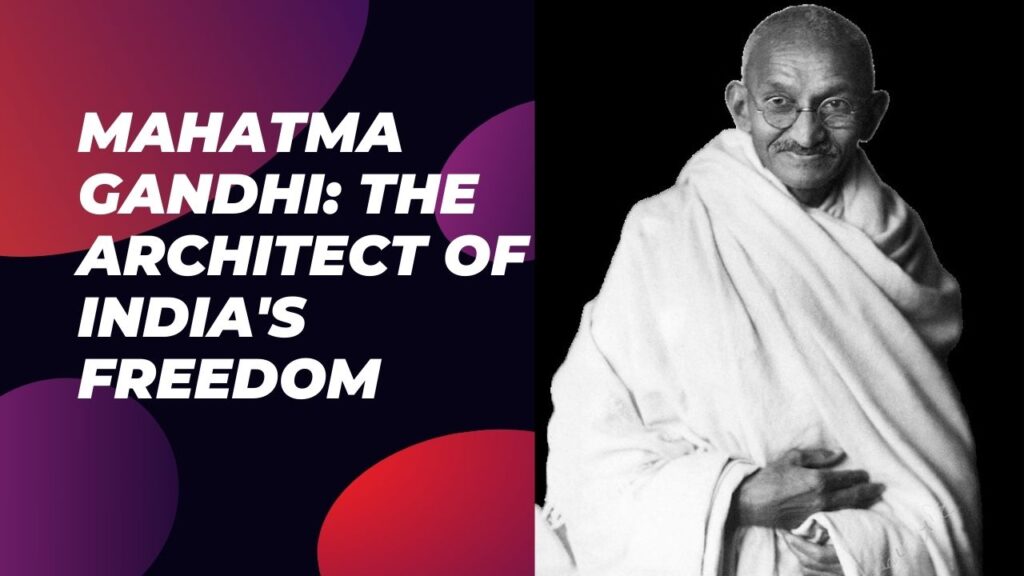Introduction to Nelson Mandela:
Let us study the inspiring life of Nelson Mandela, a world icon of peace, struggle and justice. In this blog post, we will explore the remarkable life of the anti-apartheid revolutionary. We will provide more details about his pivotal role in South Africa’s history.

Description:
Nelson Mandela is a symbol of freedom and equality. He dedicated his entire life to removal of apartheid and fostering unity in the South African society. From his early life as an activist to his imprisonment on Robben Island, his story is a true example of the power of perseverance and the triumph of the human spirit. We shall read about the milestones that shaped his legacy and learn about the enduring impact he left on Africa and the world.
FAQs About Nelson Mandela:
When was Nelson Mandela born?
He was born on July 18, 1918.
What role did he play in the anti-apartheid movement?
He was an important leader in the fight against apartheid. He worked for equal rights and justice.
When did he become South Africa’s first black president?
He became president on May 10, 1994. This event marked the change of guard in South African society.
What is the significance of his Long Walk to Freedom?
“Long Walk to Freedom” is his autobiography. It provides insights into his life and struggle for justice.
Where was Nelson Mandela born?
He was born in the village of Mvezo in Umtata. It was then part of South Africa’s Cape Province.
Can you share some details about his early life?
He belonged to the Thembu royal family and grew up in the village of Qunu. Here he experienced the traditions of his Xhosa heritage.
What was his educational background?
He attended the University of Fort Hare and later went on to study law at the University of Witwatersrand.
Who were Nelson Mandela’s parents?
His father was Gadla Henry Mphakanyiswa, the chief of Mvezo, and his mother, Nosekeni Fanny was the third of his father’s four wives.
Can you provide information about his spouse and children?
He was married three times. The first two marriages ended in divorce. He was married to Winnie Madikizela-Mandela and later had three children: Makaziwe, Zenani, and Zindzi.
Everyone can rise above their circumstances and achieve success if they are dedicated to and passionate about what they do.
– Nelson Mandela
Nelson Mandela – Fight For Equality, Prison Time And Influence On South African Society.
What was his contribution to the struggle for equality?
He was an important figure in the fight against apartheid. He advocated for equal rights, nonviolent resistance, and negotiation.
What role did he play in the formation of Umkhonto we Sizwe?
He co-founded Umkhonto we Sizwe. It was the armed wing of the African National Congress and came into existence in 1961 to lead sabotage against the apartheid regime.
How many years did he spend in prison?
He spent 27 years in prison. He spent most of his prison time on Robben Island and later in Pollsmoor Prison and Victor Verster Prison.
When was Nelson Mandela released from prison?
He got released from prison on February 11, 1990.
What global honors and awards did he receive?
He received numerous awards, including the Nobel Peace Prize in 1993. He was also given the Sakharov Prize for Freedom of Thought, and the Bharat Ratna.
How did he contribute to the reconciliation process in South Africa?
He played a pivotal role in the Truth and Reconciliation Commission. He promoted healing and forgiveness after the end of apartheid.
What was his stance on human rights?
He was a vociferous advocate for human rights and emphasized the importance of dignity, freedom, and equality for all.
How did he influence the sports world?
He used sports, primarily rugby and football to unite all fellow South Africans. This was also depicted in the film “Invictus.”
Support from Celebs, Raising Awareness Against HIV, Mandela Day & Friendship With Desmond Tutu.
Which celebrities associated with Nelson Mandela?
Celebrities such as Oprah Winfrey, Bono, and Richard Branson associated with him and supported many of his causes.
What is the significance of his autobiography, “Long Walk to Freedom”?
The autobiography provides a firsthand account of his life, provides details of his struggle against apartheid. The autobiography also provides insights into his vision for a democratic South Africa.
How did he contribute to the fight against HIV/AIDS?
He raised awareness about HIV/AIDS and supported initiatives to combat the epidemic. He worked to break the stigma surrounding this disease and encouraged testing.
How did his presidency impact South Africa’s international relations?
His presidency improved South Africa’s global standing. It fostered diplomatic relationships with other sovereign nations and promoted peace.
What was his role in the establishment of the Elders?
He played a very important role in the formation of The Elders. This group of global leaders worked for peace and human rights.
What is the significance of Mandela Day?
Mandela Day is celebrated on July 18th. It encourages people to engage in acts of kindness and contribute to their communities in honor of his legacy.
What was his relationship with Desmond Tutu?
He and Desmond Tutu shared a very close friendship. They both worked together to dismantle apartheid and promote reconciliation.
Leading A New Nation, Stance On African Union, US Visit And Land Reforms.
How did he address economic disparities in South Africa?
He implemented several policies to address economic inequalities. He promoted inclusive economic growth during his presidency.
How did he contribute to the establishment of the African Union?
He played a major role in the formation of the African Union. He supported efforts to enhance cooperation among African nations.
What initiatives did he undertake for children’s rights?
He established the Nelson Mandela Children’s Fund and also participated in several initiatives to promote the rights of children.
What is the symbolism of his release from prison on February 11, 1990?
His release symbolized the end of apartheid. It marked the beginning of a new era for the South African nation.
What was the significance of his visit to the United States in 1990?
His visit to the U.S. got him international support for the anti-apartheid movement. It reinforced global opposition to apartheid.
How did he address the issue of land reform in South Africa?
He initiated land reform programs to address historical injustices and promote equitable distribution of land and resources of the country.
How did his leadership inspire the global fight against injustice and inequality?
His leadership became a symbol of hope and resilience. It inspired several movements worldwide against injustice and inequality.
Important timelines –
1943 – Nelson Mandela joined the African National Congress (ANC).
1952- He plays a major role in the Defiance Campaign against apartheid laws.
1962 – He was arrested and sentenced to prison for 5 years.
1964- He along with some other leaders his sentenced to life imprisonment.
1990 – Release from prison.
1993 – Nelson Mandela is awarded the Nobel Peace Prize.
2013- He passed away on Dec 5th, 2013 at the age of 95.
Conclusion:
Nelson Mandela‘s spirit and absolute commitment to justice have indeed left a huge mark on the world. As we look back on his legacy, we will always be inspired by his unwavering dedication to equality and reconciliation. His story serves as a ray of hope and reminds us that change is possible through unity and the perseverance. Dear Readers, you may read some of our other articles on the “Home” page of our website.


